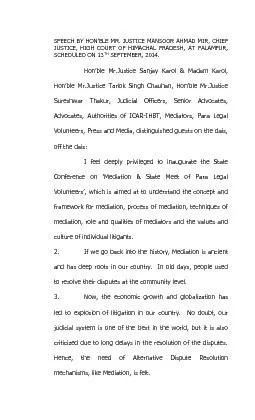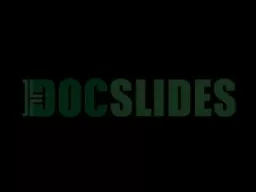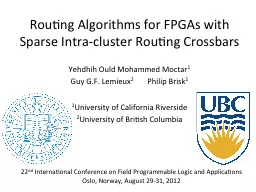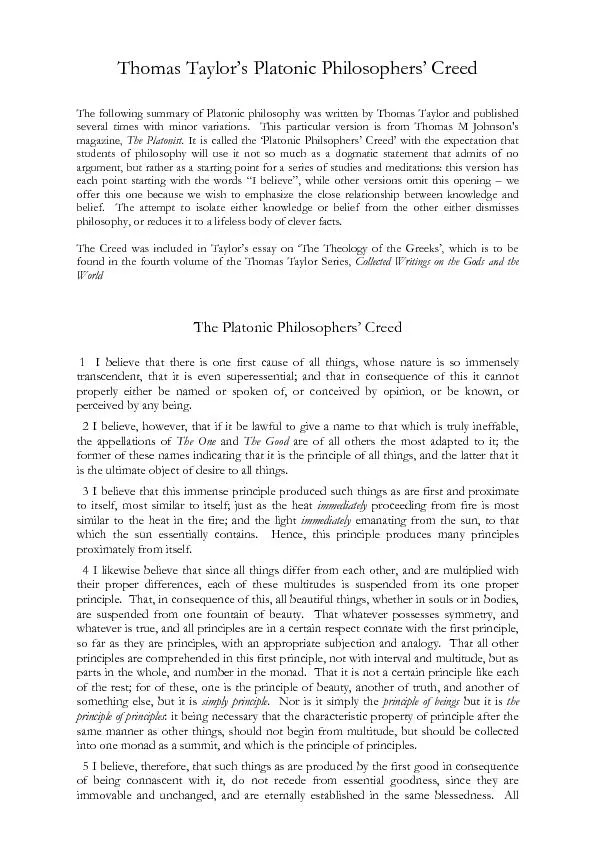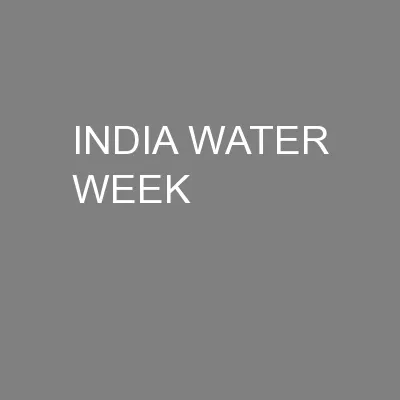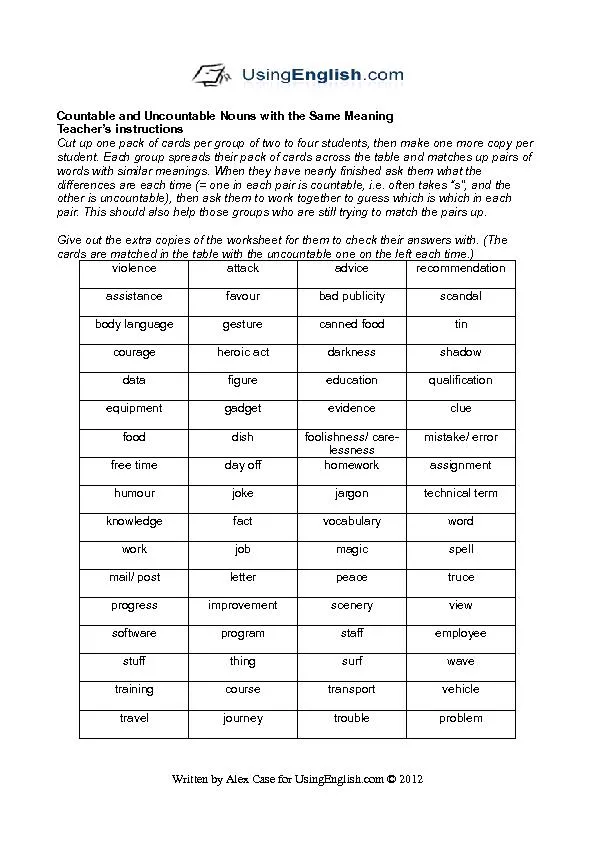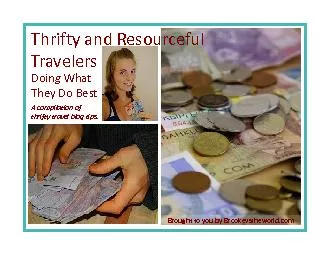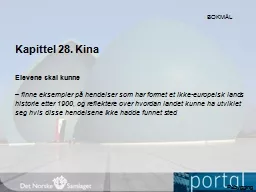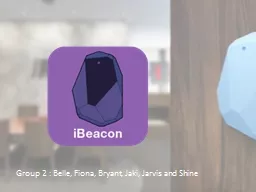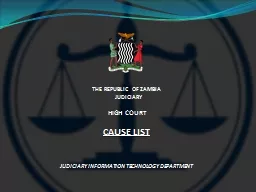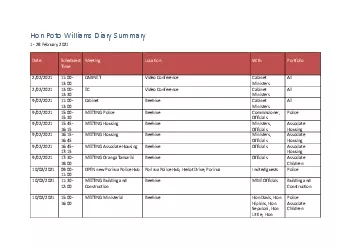PDF-BY HON‟BLE MR. JUSTICE
Author : lindy-dunigan | Published Date : 2015-08-28
SPEECH MANSOOR AHMAD MIR CHIEF JUSTICE HIGH COURT OF HIMACHAL PRADESH AT PALAMPUR SCHEDULED ON 13 TH SEPTEMBER 2014 Honx201Fble MrJustice Sanjay Karol Madam
Presentation Embed Code
Download Presentation
Download Presentation The PPT/PDF document "BY HON‟BLE MR. JUSTICE" is the property of its rightful owner. Permission is granted to download and print the materials on this website for personal, non-commercial use only, and to display it on your personal computer provided you do not modify the materials and that you retain all copyright notices contained in the materials. By downloading content from our website, you accept the terms of this agreement.
BY HON‟BLE MR. JUSTICE: Transcript
Download Rules Of Document
"BY HON‟BLE MR. JUSTICE"The content belongs to its owner. You may download and print it for personal use, without modification, and keep all copyright notices. By downloading, you agree to these terms.
Related Documents

